Property from Various Owners, Lots 25-26 Fritz Scholder Luiseño, (1937-2005), "Screaming Indian," 1970, oil on canvas, signed upper right, signed and dated verso. size 68 x 68in Fußnoten Provenance Acquired directly from the artist, thence by decent. According to family lore, "Screaming Indian" was purchased during a visit to Scholder's studio in Taos in 1970. Although the buyers were apparently unfamiliar with his work, they "...recognized great art when they saw it, and bought the picture while the canvas was still wet..." The painting has hung in the family home ever since. Illustrated Brody, J.J., Indian Painters & White Patrons, University of New Mexico Press, Albuquerque, NM, 1971, front cover and p.202, plate VIII With its organic palette and the subject's contorted visage, "Screaming Indian" showcases the influence of Francis Bacon on Fritz Scholder's artwork at the time. See Lukavic, John P., Ph.D., et al, Super Indian, Fritz Scholder 1967-1980, 2015, Denver Art Museum and DelMonico/Prestel Publishing, New York, NY. Published in conjunction with the exhibition of the same name, the volume includes an essay by art collector Ken Logan, "A Collector's View, How the West Was (Really) Won: The 1970s Indian Paintings of Fritz Scholder", in which he observes: "It should not be surprising that many of Scholder's Indians are obviously tortured creatures; distorted, monsterlike faces abound... No wonder Scholder cites Francis Bacon as one of his most important influence. In fact, the screaming Indian in Scholder's 1969 painting Indian in Car seems to closely relate to Bacon's famous series of screaming popes. The anguish expressed in the Indian's face may reflect the prospect that the subject has no control over where he is "being driven"; his life is being controlled, for example, by the vagaries of white administrators with little concern over what is in his best interests. In another painting from 1972, Massacre in America: Wounded Knee, the bloody corpses of the victims of the 1890 Wounded Knee massacre, which have been thrown into a snowy mass grave and look disturbingly inhuman, bear a grotesque similarity to the slab of meat that dominates Bacon's seminal work Painting (1946). The important point is that while Scholder has appropriated aspects of Bacon's style, he has applied them to subject matter that clearly reflects his own unique, genuinely personal experience. The Conceptual basis of Scholder's 1970s Indian series is completely original, and in fact revolutionary, in the sense that he has discarded the stereotypical stoic Indian portraiture that had dominated Western painting until that time. In effect, not only was Scholder heavily invested in the "multiculturalism" wave of the 1970s, he was one of the first artists to return to the figure - and more importantly, to use the portrait to explore issues of psychological identity." Ibid., pp.19-20
Property from Various Owners, Lots 25-26 Fritz Scholder Luiseño, (1937-2005), "Screaming Indian," 1970, oil on canvas, signed upper right, signed and dated verso. size 68 x 68in Fußnoten Provenance Acquired directly from the artist, thence by decent. According to family lore, "Screaming Indian" was purchased during a visit to Scholder's studio in Taos in 1970. Although the buyers were apparently unfamiliar with his work, they "...recognized great art when they saw it, and bought the picture while the canvas was still wet..." The painting has hung in the family home ever since. Illustrated Brody, J.J., Indian Painters & White Patrons, University of New Mexico Press, Albuquerque, NM, 1971, front cover and p.202, plate VIII With its organic palette and the subject's contorted visage, "Screaming Indian" showcases the influence of Francis Bacon on Fritz Scholder's artwork at the time. See Lukavic, John P., Ph.D., et al, Super Indian, Fritz Scholder 1967-1980, 2015, Denver Art Museum and DelMonico/Prestel Publishing, New York, NY. Published in conjunction with the exhibition of the same name, the volume includes an essay by art collector Ken Logan, "A Collector's View, How the West Was (Really) Won: The 1970s Indian Paintings of Fritz Scholder", in which he observes: "It should not be surprising that many of Scholder's Indians are obviously tortured creatures; distorted, monsterlike faces abound... No wonder Scholder cites Francis Bacon as one of his most important influence. In fact, the screaming Indian in Scholder's 1969 painting Indian in Car seems to closely relate to Bacon's famous series of screaming popes. The anguish expressed in the Indian's face may reflect the prospect that the subject has no control over where he is "being driven"; his life is being controlled, for example, by the vagaries of white administrators with little concern over what is in his best interests. In another painting from 1972, Massacre in America: Wounded Knee, the bloody corpses of the victims of the 1890 Wounded Knee massacre, which have been thrown into a snowy mass grave and look disturbingly inhuman, bear a grotesque similarity to the slab of meat that dominates Bacon's seminal work Painting (1946). The important point is that while Scholder has appropriated aspects of Bacon's style, he has applied them to subject matter that clearly reflects his own unique, genuinely personal experience. The Conceptual basis of Scholder's 1970s Indian series is completely original, and in fact revolutionary, in the sense that he has discarded the stereotypical stoic Indian portraiture that had dominated Western painting until that time. In effect, not only was Scholder heavily invested in the "multiculturalism" wave of the 1970s, he was one of the first artists to return to the figure - and more importantly, to use the portrait to explore issues of psychological identity." Ibid., pp.19-20
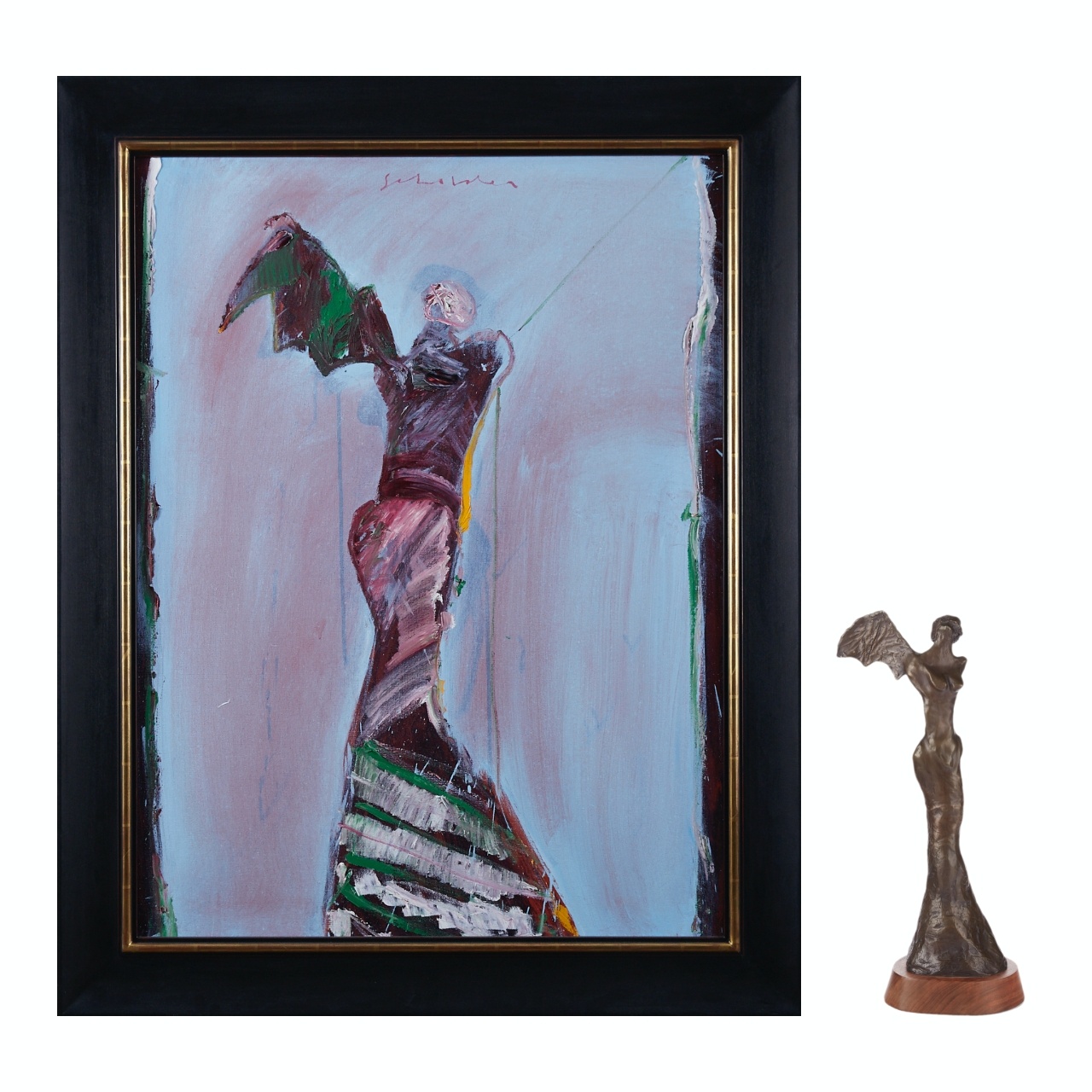
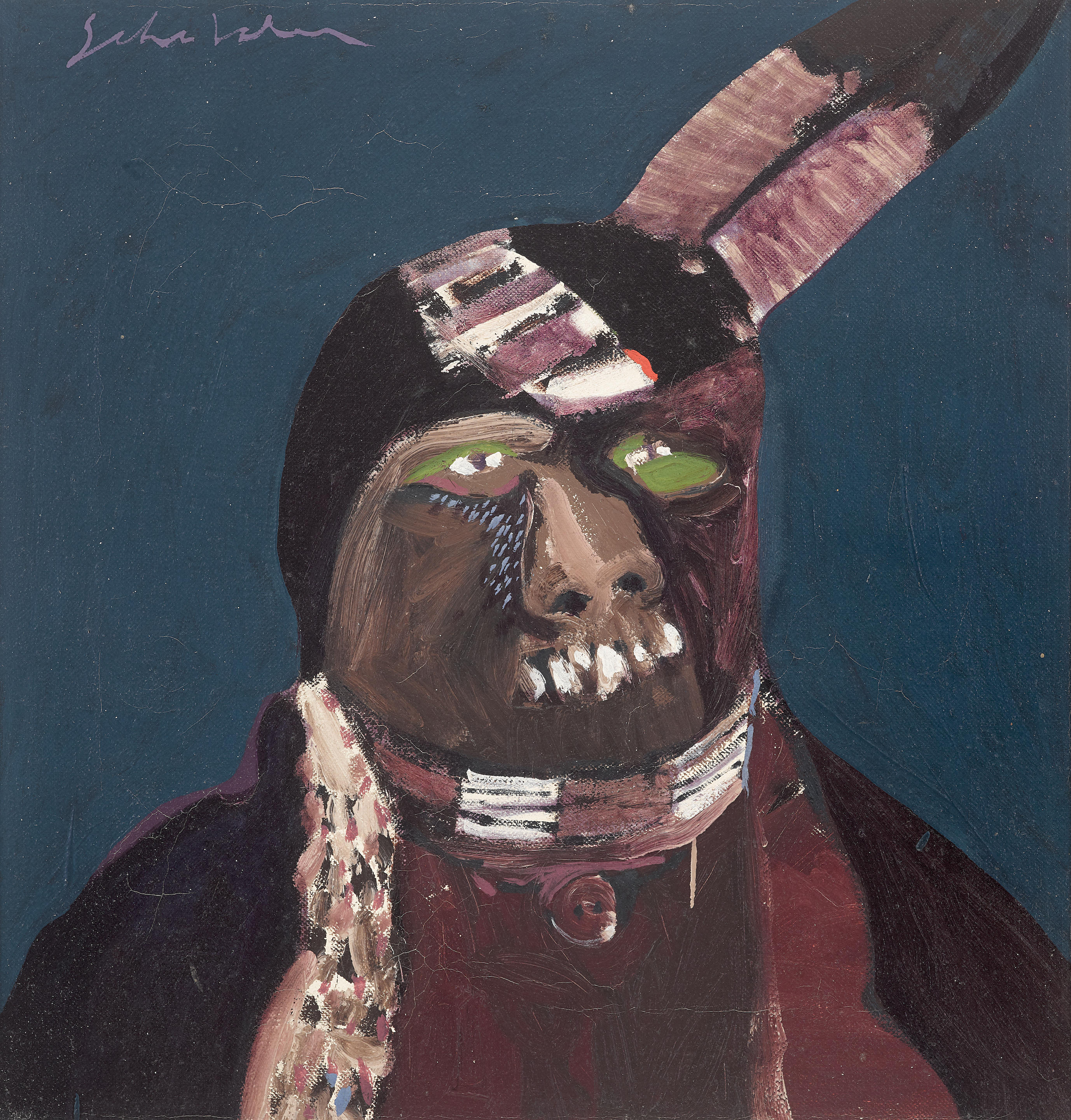


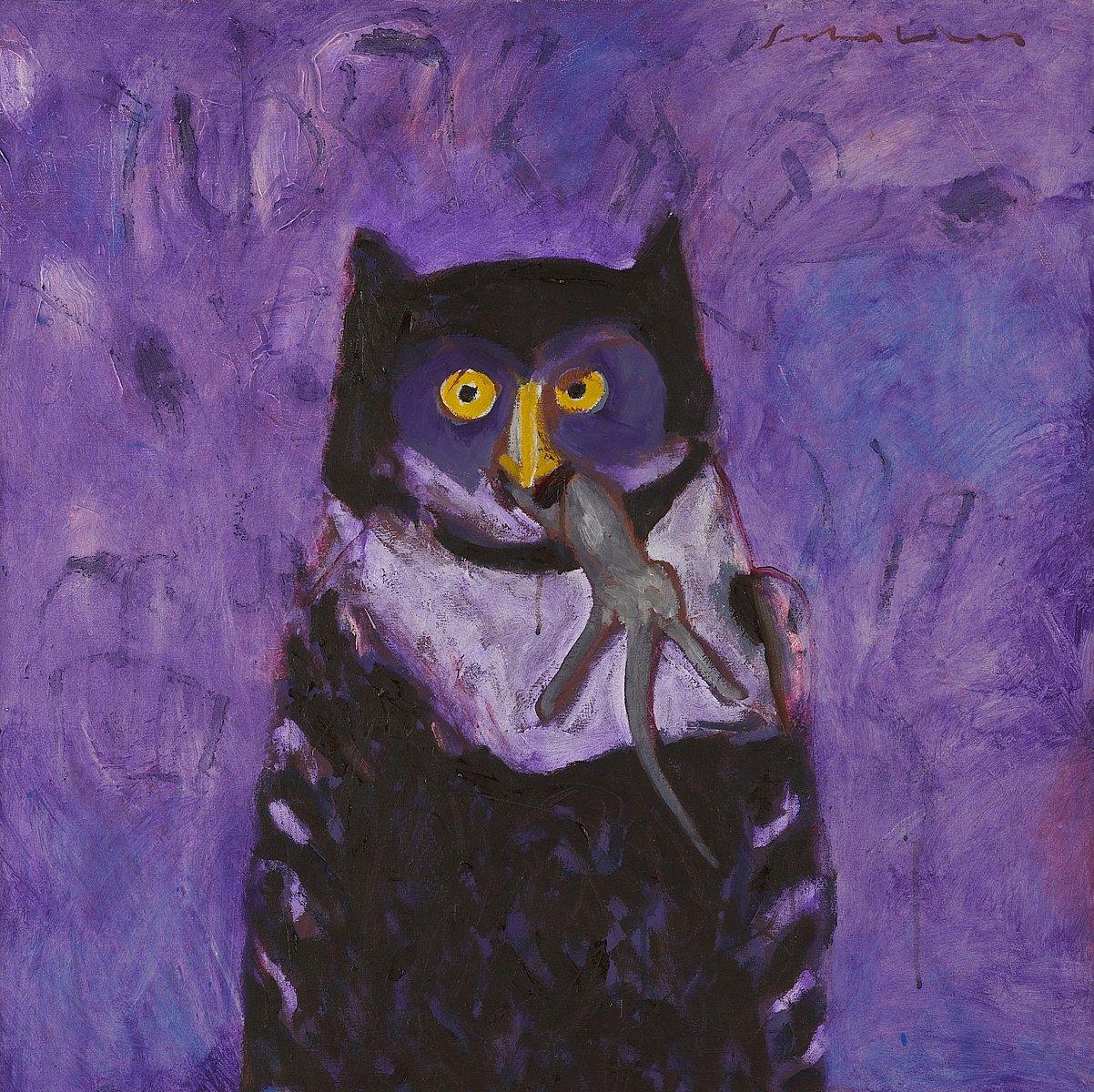
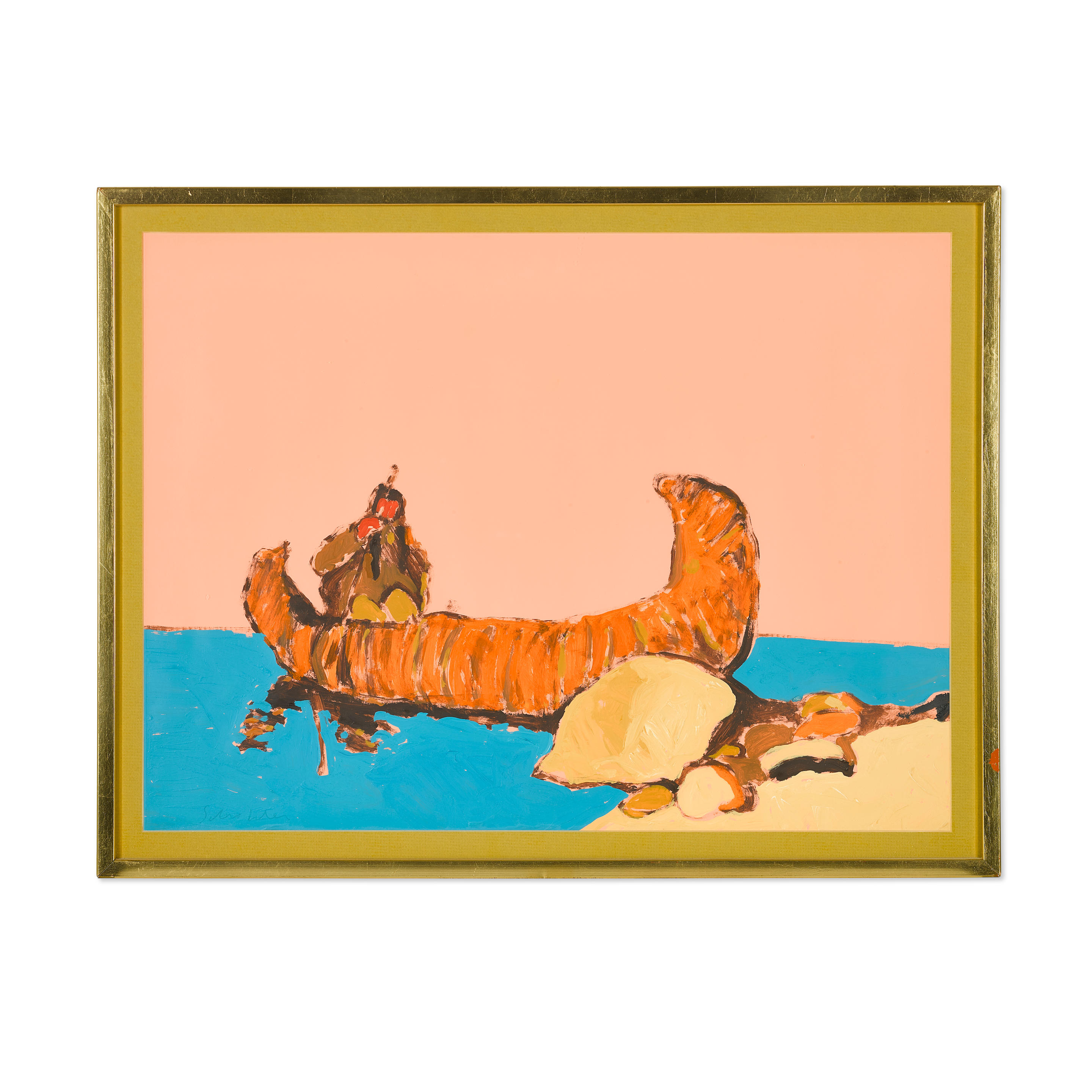

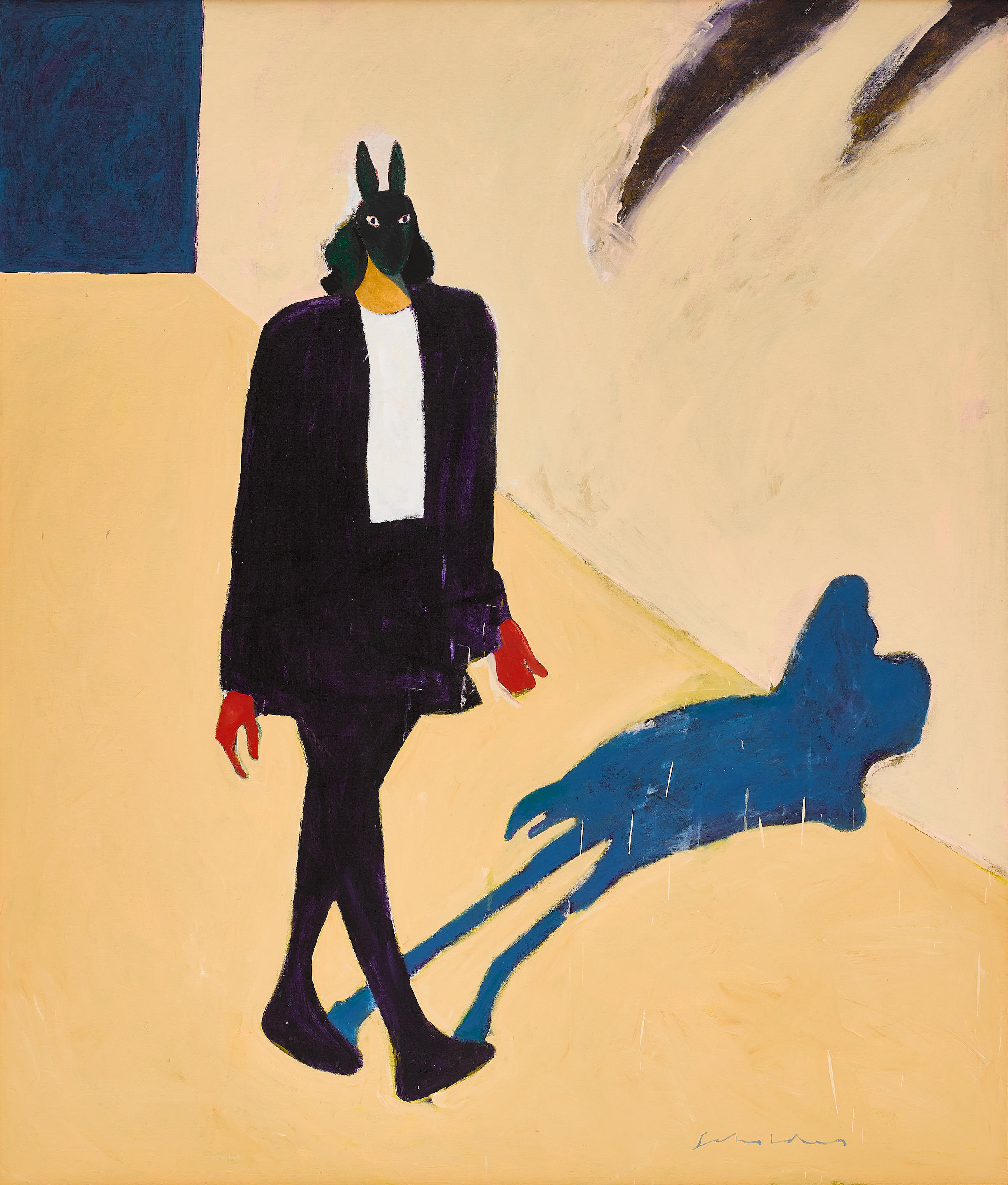

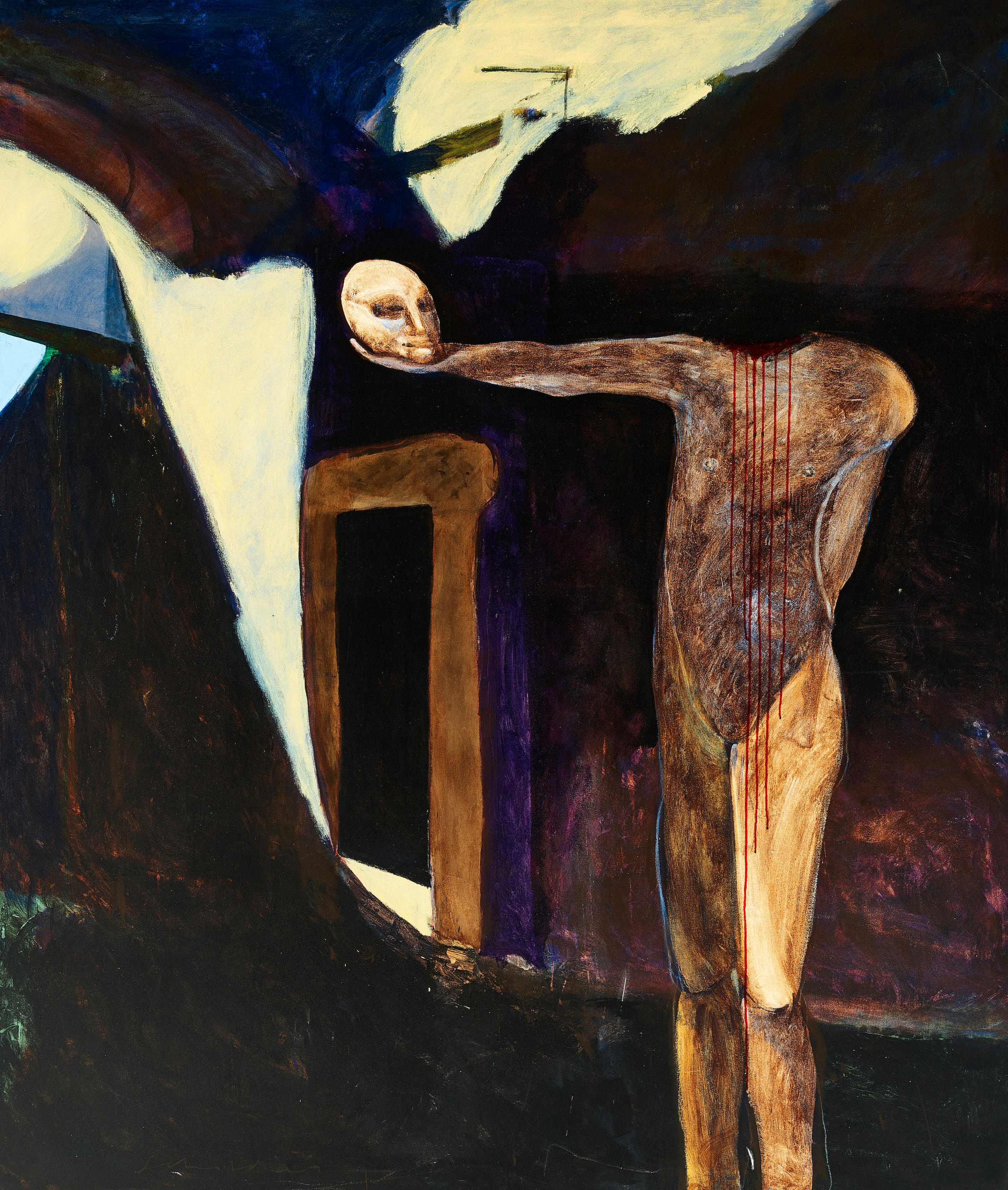

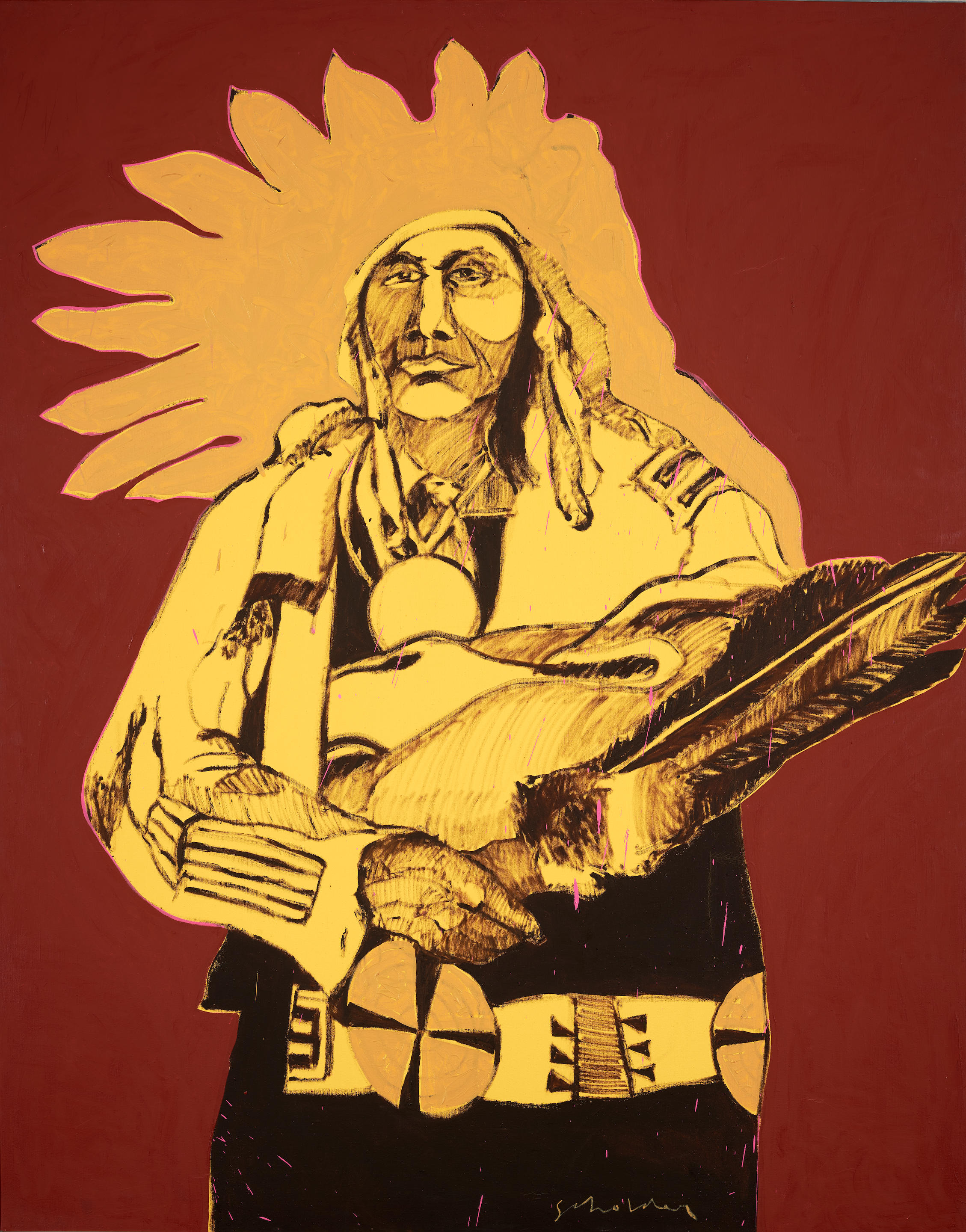


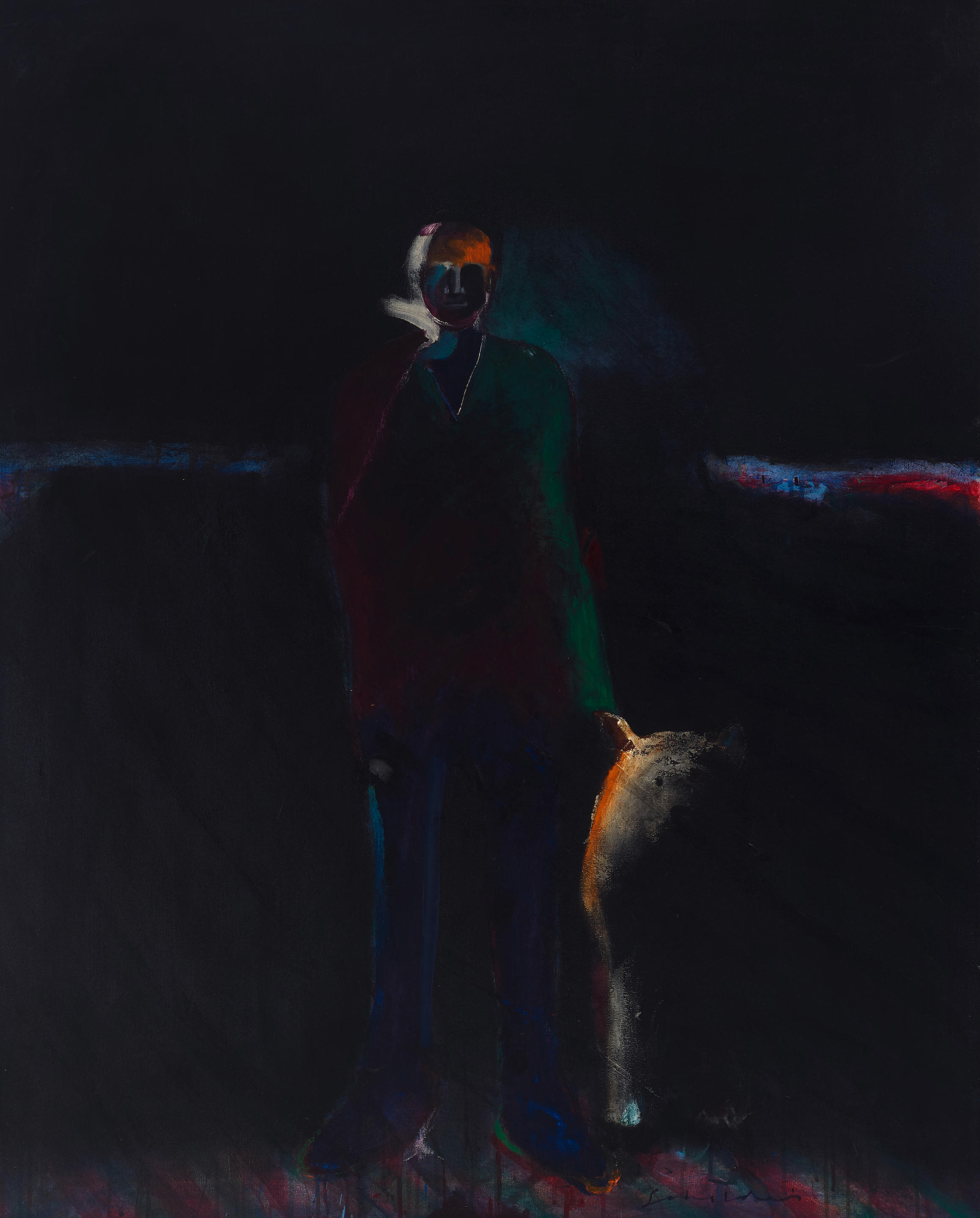
Try LotSearch and its premium features for 7 days - without any costs!
Be notified automatically about new items in upcoming auctions.
Create an alert